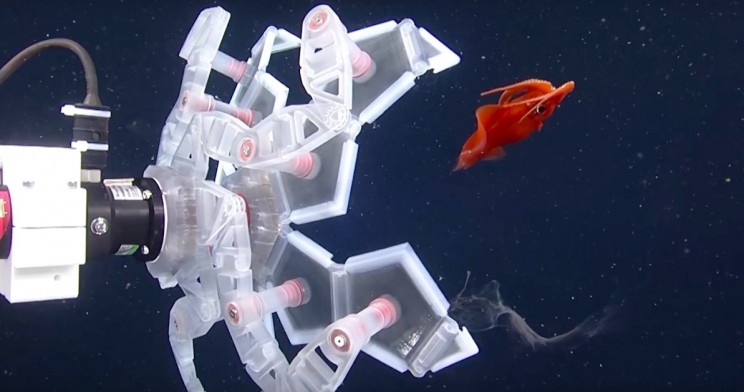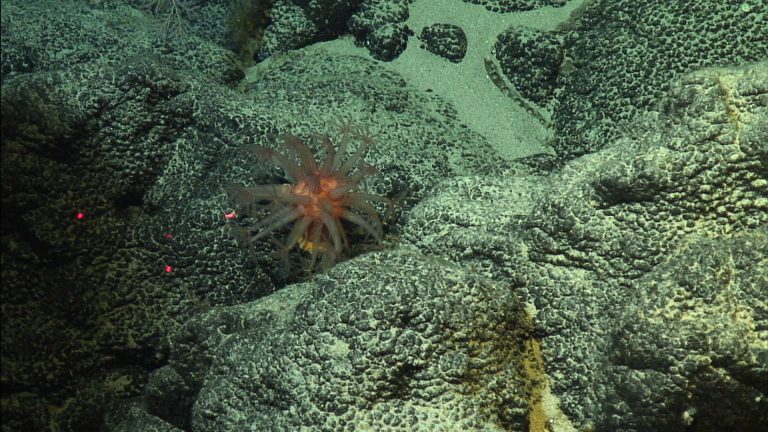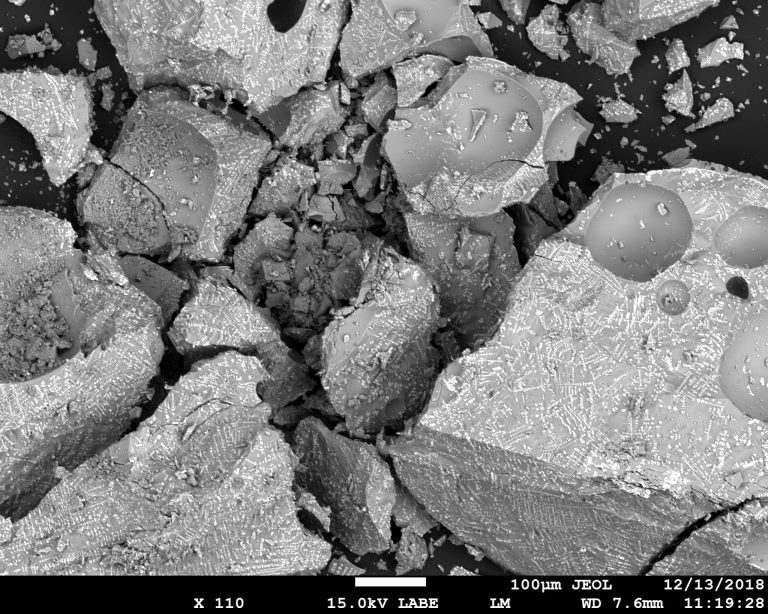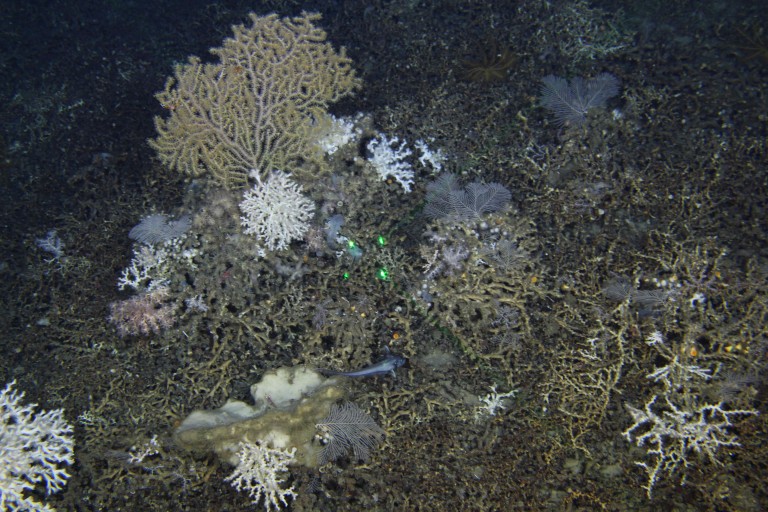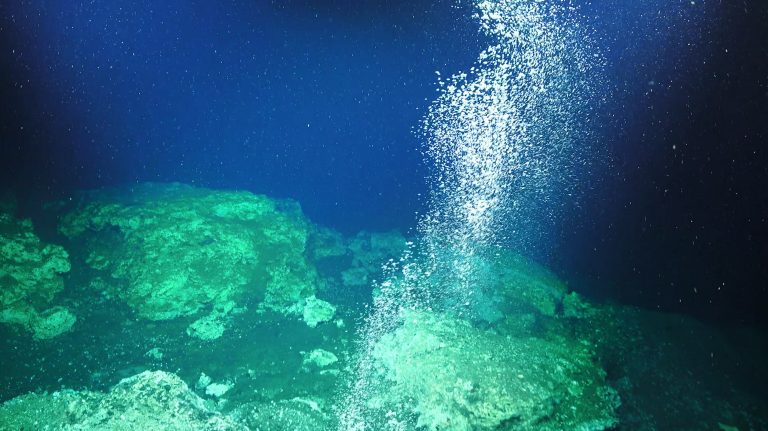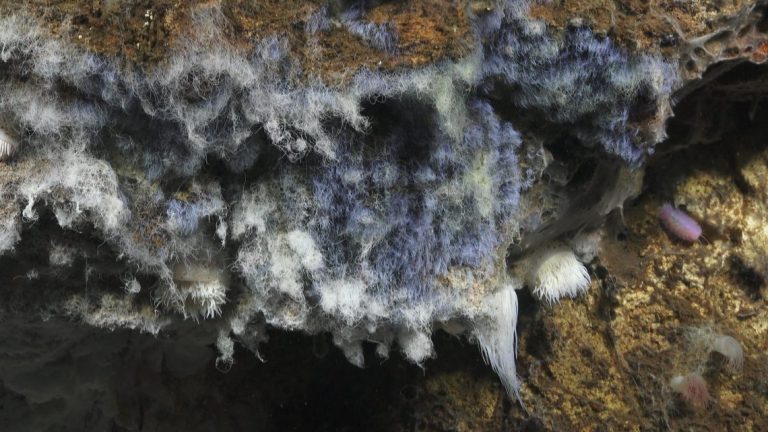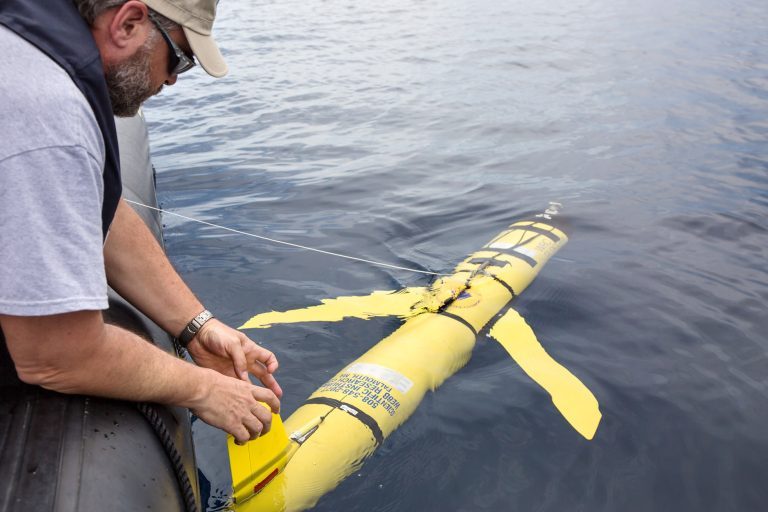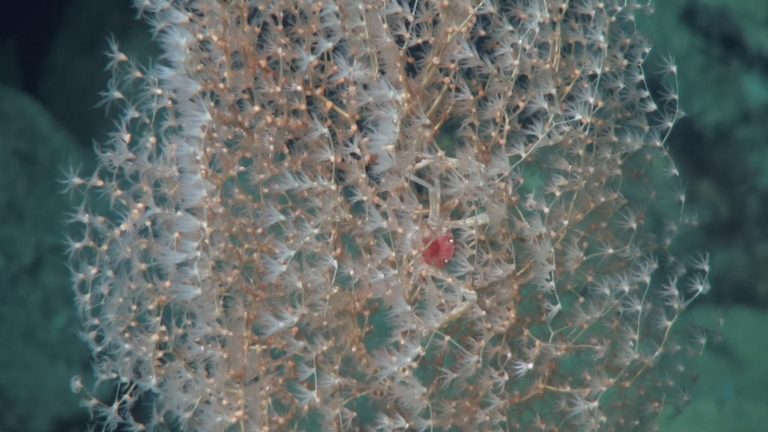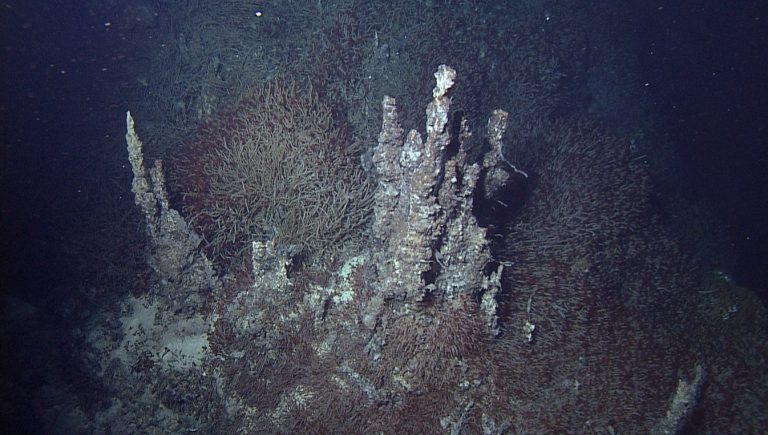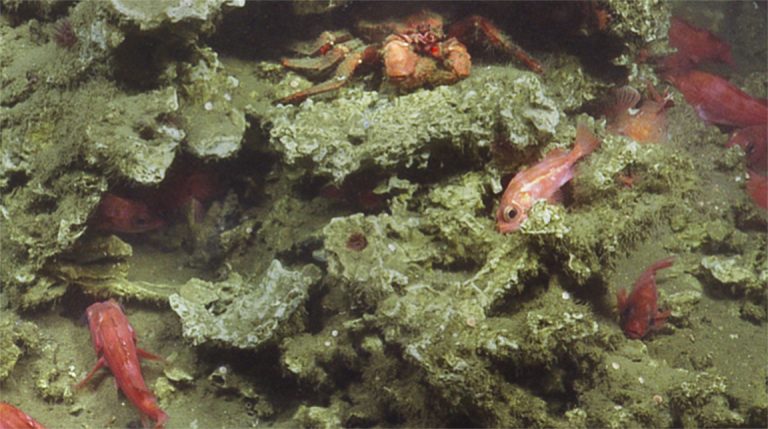Cruise: Designing the Future
This expedition will feature exploration of the Emperor Seamount Chain while researching biodiversity and its drivers. Using currents, mapping, and radio isotopes to track water masses – as well as genetic sampling of corals – the team will determine the driving force behind coral distribution in this region.
